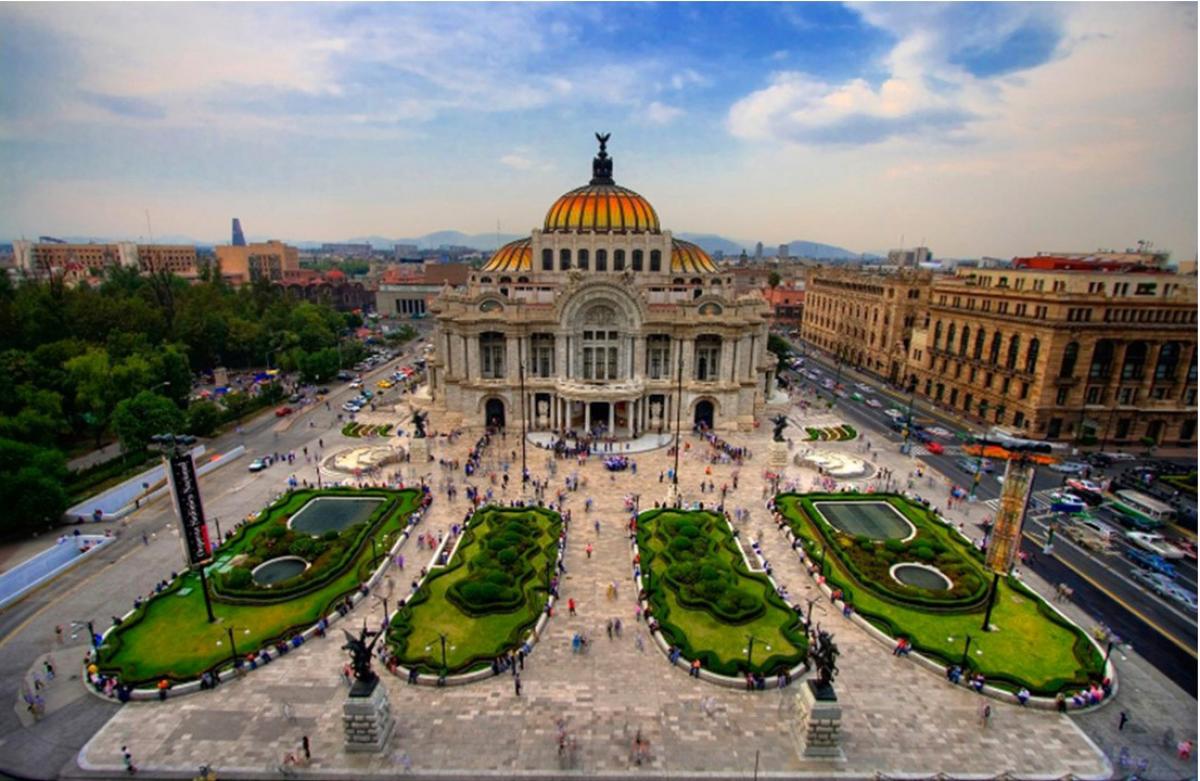About Mexico City 2017
Mexico City will host the 2017 Para Sport Festival, combining World Championships in Powerlifting and Swimming.
The 2017 Para Sport Festival will feature both the World Para Swimming Championships and World Para Powerlifting Championships.
Two of the biggest Para sport competitions will be held together for the first time in history in Mexico City from 2-8 December.
The competition has been rescheduled from 30 September - 7 October following the devastating earthquake that hit Mexico City on 19 September.
Around 1,200 athletes, officials and staff from 89 countries plus the Independent Paralympic Athletes’ Team will compete across both sports.
The Francisco Marquez Olympic Swimming Pool will stage the swimming competition, while the adjacent Juan de la Barrera Olympic Gymnasium will host the powerlifting events. As the venues are located in the same building, fans and the media will be able to experience both events and enjoy the festival of Para sport.
It will be the first major competition after the Rio 2016 Paralympic Games, and the start of the new Paralympic cycle for Tokyo 2020.
Following September’s earthquake, the IPC and Agitos Foundation launched a global fundraising campaign to support UNICEF’s humanitarian efforts in Mexico. Over USD 40,000 has been raised.
Mexico City
Mexico City is one of the largest metropolitan areas in the world, with 16 boroughs and more than 300 neighbourhoods.
Many of the most visited tourist attractions in Mexico City are concentrated in the historic centre, including the Plaza de la Constitucion or Zocalo, the National Palace, Metropolitan Cathedral, Templo Mayor, Palace of Fine Arts and Alameda Park. A few blocks north of the Palace of Fine Arts, Plaza Garibaldi is one of the best places in Mexico City to hear live mariachi music.
Once the ancient Aztec city of Tenochtitlan, Mexico City was originally constructed in the Valley of Mexico over the ancient Lake Texcoco. The Aztecs built an intricate network of canals to navigate the city. After the arrival of the Spanish in 1519, most of the Aztec structures and canals were destroyed and replaced with modern roads and buildings.
Both of the venues being used for the Championships were built for the 1968 Mexico City Olympic Games.
 Facebook
Facebook
 Instagram
Instagram
 Twitter
Twitter
 Youtube
Youtube
 TikTok
TikTok
 Newsletter Subscribe
Newsletter Subscribe





